Why Bother With Standing?
At first, I honestly thought stiffness was just what happens when you hit your thirties (and maybe after a random Friday night dance-off). But the truth is, you don’t have to accept creaky mornings or tight, shuffling walks. That’s the magic of beginner yoga poses for flexibility—especially standing ones. They’re where I started, and I’m not exaggerating when I say they changed how I move through my day.
You might be asking… why standing? Good question. Well, standing yoga stretches sneak flexibility work right into the moments you’re already upright—waiting for the kettle, brushing your teeth, even standing awkwardly at a party. No need to roll out a mat and assemble a tiny fitness studio. These poses settle in right where you are, meeting you exactly as you are, experience level and all. If you’re thinking, “I’m not bendy at all,” don’t sweat it. You’re so, so not alone. (We all start somewhere—my “tree” pose looked more like a wilting houseplant for the first few weeks.)
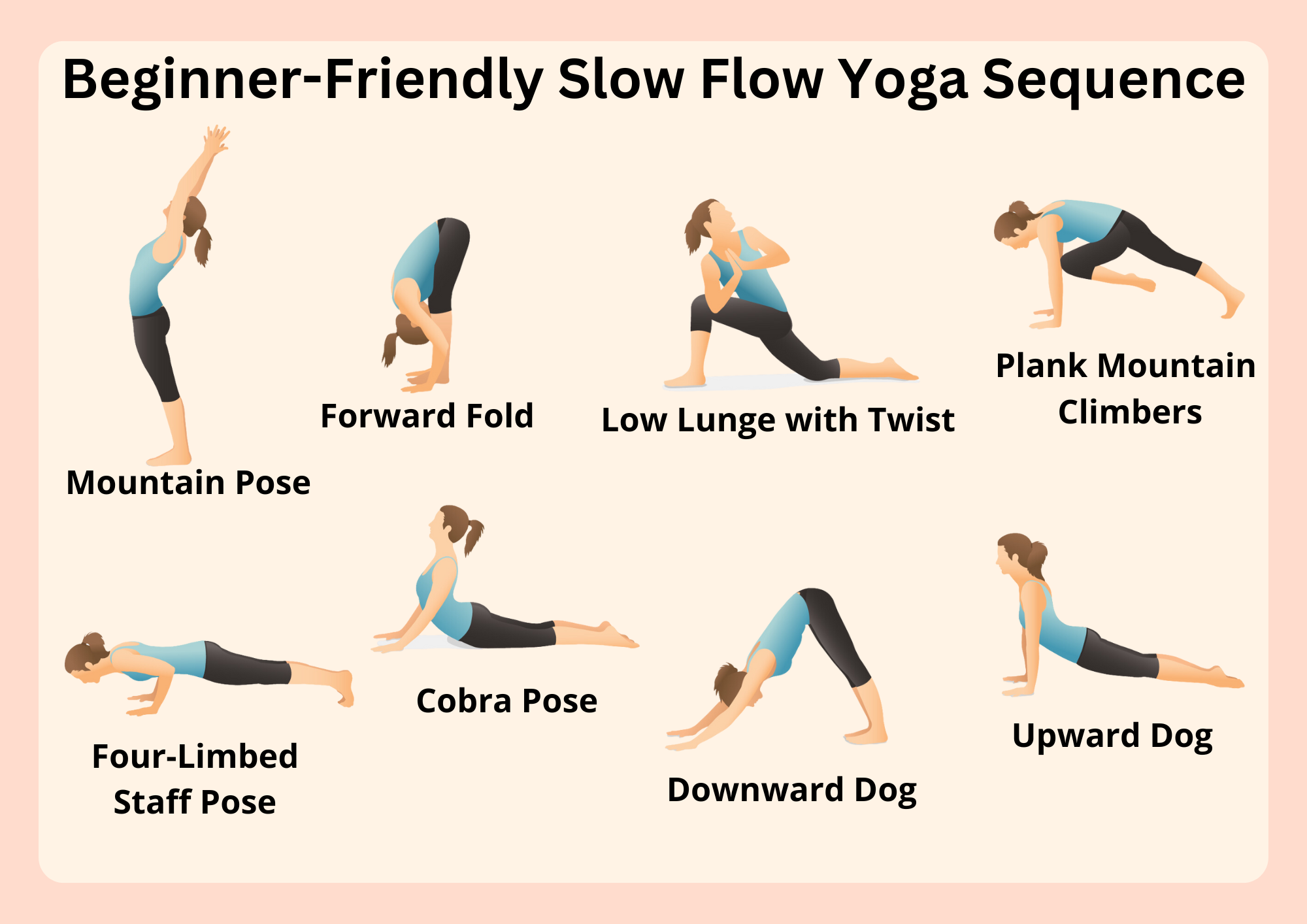
Grounded and Ready
What’s the real secret behind standing yoga stretches?
Standing yoga poses are pretty much like the crust of a pizza: overlooked, but holding everything together. They create a base so you don’t topple over when life throws a little chaos your way.
Honestly, starting with standing poses is like getting training wheels for your body. You don’t need to touch your toes or have Instagram-worthy gear, just a willingness to try. And if you wobble? That’s part of the fun.
Standing vs. Sitting: A Quick Look
| Type | Standing Poses | Seated Poses |
|---|---|---|
| Flexibility Gains | Legs, hips, spine, posture | Hips, hamstrings, lower back |
| Ease | Start almost anywhere | You’ll want a comfy floor |
| Extra Bonus | Improves balance all day | Deeper relaxation |
If you’re more of a “stay seated” person, no shade. But standing stretches do double duty: they boost balance and flexibility, and they slide right into your everyday life. (If you want a full roster, the beginner yoga poses for flexibility list has both standing and seated faves.)
Mountain Pose: Start Strong
Alright, so why do yogis rave about “Mountain” like it’s the main event?
Because it’s the real deal. You stand. You breathe. That’s it… but don’t zone out yet! For me, Mountain pose was this lightbulb moment—it taught me how much good posture shifts your mood. Give it a try: feet hip-width, weight balanced, arms loose at your sides. Shoulders drop, chest open, chin tucked just a little. Breathe in. Breathe out. Feel your body wake up, like you’re rooting straight down while growing taller with each breath.
Honestly, some days this is all I do (while waiting in line with my headphones on). And you know what? Strangers frequently ask if I just came from the gym. Nope, just sneaking in a little yoga for myself, thanks very much.
Breathe: The Overlooked Hack
| Move | Inhale | Exhale |
|---|---|---|
| Mountain | Tall, lengthen spine | Relax shoulders, root feet |
Over time, you’ll notice: moments everywhere can become mini yoga breaks. It’s almost sneaky. (Should I even be telling you this?)
Warrior II: Be Bold, Feel Brave
What makes Warrior II less scary than its name suggests?
So you’ve got two feet on the ground now. Step one foot back, arms reach out wide. You look over your front hand and—boom—you’re a warrior. Not fighting anyone, just declaring “I’m here.”
I get it, this pose looks dramatic. But it’s secretly friendly to beginners and tight hips alike. Even if your stride isn’t huge, that little turnout of the back foot wakes up your outer hips and lets your legs breathe easy. The longer you hold Warrior, the more you feel your power—not in a superhero way, just… quietly solid. Like you could face down a giant load of laundry and not break a sweat.
My friend Carla was skeptical about all this. She’s a marathon runner with “stubborn” legs, her words. But after a week of this pose, she texted me: “My hips don’t feel like old tree trunks anymore!” (If Carla can do it, you can too.)

Want to make it less intimidating? Try Warrior II with your front knee softly bent. Or rest a hand on a chair until that balance kicks in. Pair it with other beginner yoga poses for flexibility if you want to mix things up.
Tree Pose: Find Your Balance
Why does Tree pose make us laugh (and grow)?
Let’s be honest: the first time you try Tree, you’ll probably wobble. I fell out sideways like a cartoon character more times than I can count. But that’s the best part! Eventually, you find a spot, focus on your breath, and draw one foot up to your shin—or even your ankle.
The magic? Your mind settles down. You’re focused, but also light. (Is there such thing as “serious whimsy”? Because if there is, Tree pose is it.) Each wobble is your body learning what “steady” feels like. No need for perfection—just effort, a sense of humor, and a willingness to catch yourself.
If you’re near a wall, use it! I did for months. Balance gets better, and then suddenly it’s your brain, not just your legs, feeling steadier. Sometimes I even imagine I’m actually a tree, swaying slightly. Kids think it’s funny. Adults need it too, trust me.
Extended Side Angle: Stretch Out Wide
What happens when you “open up” this way?
If you’ve tried Warrior II, this one flows right from it. One elbow gently rests on a knee, the other arm sweeps overhead. All at once, your side body (those ribs and waist that get squashed by hours at a desk) gets a sweet, juicy stretch.
The first time I felt this pose, I remember thinking, “Wait… where has this been all my life?” You’ll breathe a little deeper, twist a little more, and come out feeling a foot taller. Those stiff side muscles soften up—and honestly, your mood lifts too.
If your shoulder or arm gets tired, place your forearm on your thigh and just chill. It’s not a contest. You’ll still get the side stretch.
Before and After: Side Angle Edition
| Old Feeling | After Pose |
|---|---|
| Squished ribs | Open, deep breaths again |
| Tight lower back | More twist, easier turns |
When you’re extra tight (like after a long drive—hello, road trip snack stops!), this one helps you feel “untied.” For more ideas to unwind, try some other beginner yoga poses for flexibility—trust me, your body will be glad.
Chair Pose: The Power Squat
Is a yoga squat still yoga… or punishment?
Remember how squats in gym class were just… ugh? Chair pose is yoga’s version, but hear me out, it’s way more forgiving (and you can quit whenever).
Stand tall, then act like you’re about to sit in an invisible chair behind you. Arms reach up, knees bend, and… that’s it. The first time, I laughed out loud at how silly I felt. But the thing is, your legs will thank you after. Chair pose fires up your entire lower half, and stretches your arms and shoulders too. Suddenly normal chairs feel a little easier—a tiny upgrade to everyday life.
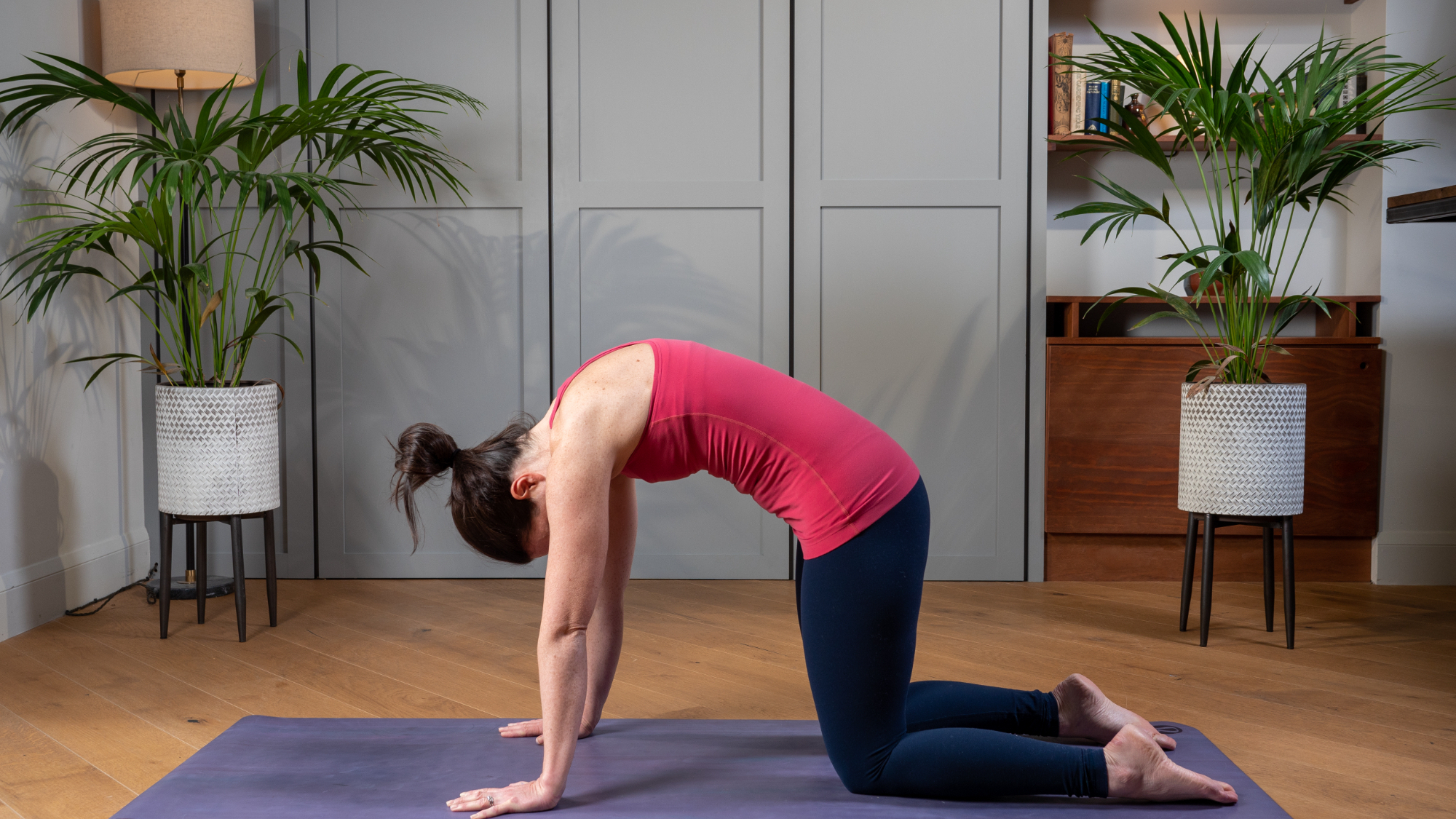
You can always make this easier. Sit less deep, pause if your thighs scream, or grab the table for a little support. (“Efficiency!” as my friend who does office yoga says.) It does for your posture and legs what a morning coffee does for your brain—wakes you up, gives you energy, and makes you stand a little taller all day.
Small Steps, Big Payoff
And that’s it… that’s how beginner yoga poses for flexibility—especially these five standing stretches—crept into my life and made getting up, moving, and just being easier. No fancy equipment, no complicated routines. They just fit right in, sneaky as anything.
Of course, you can take it further (if, you know, the yoga bug bites). Want seated stretches or some new combos? The beginner yoga poses for flexibility guide is full of ideas and totally beginner-friendly. Or don’t. Just stand, breathe, and stretch a bit more each week. That’s enough.
Your Turn: Let’s Do This
Here’s my gentle nudge (okay, maybe enthusiastic high-five?): Just try one pose today. Stuff gets easier. Joints feel lighter, breath comes easier, and maybe—just maybe—you’ll even walk into tomorrow feeling a bit more like yourself.
It’s not about perfection or gym-hero status or even “doing it right.” It’s about sneaking a little movement into everyday chaos and letting your body thank you later. Trust me, you’ll surprise yourself by how quickly you notice a difference (mentally too).
So, pick a standing stretch… mountain, warrior, tree—whatever calls your name. Pause. Breathe. Stretch. And if you do wobble, don’t worry—a little life-wobble just means you’re moving forward. Let me know which pose you try first, or if you’ve got a favorite, I should add to my own routine. Go on… your future flexible self will say thanks.

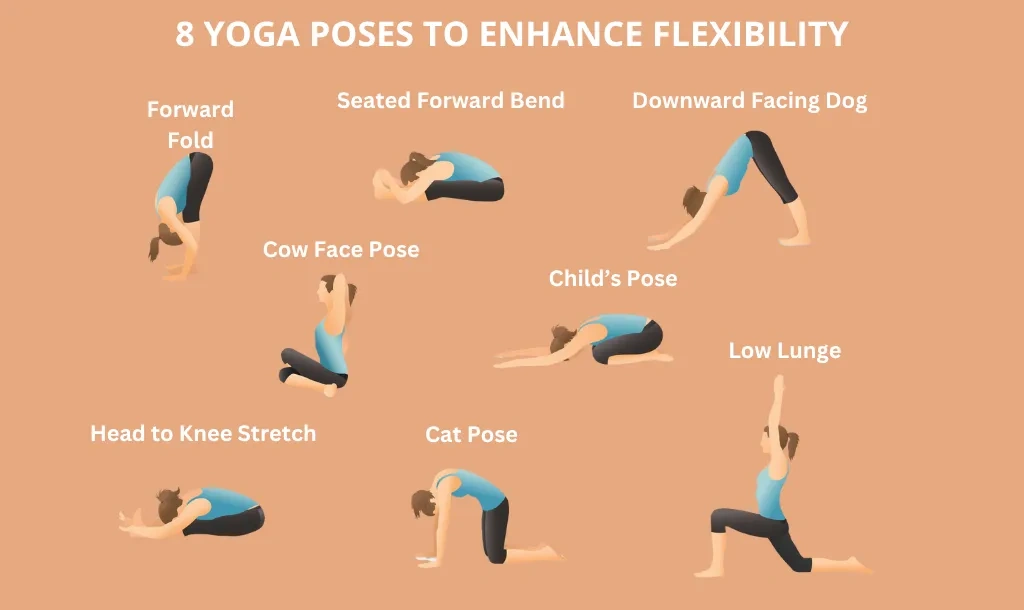



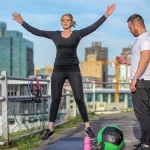

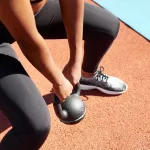
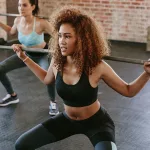




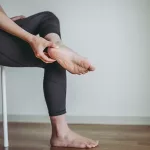
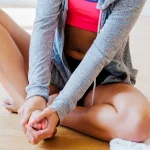



Leave a Reply
You must be logged in to post a comment.